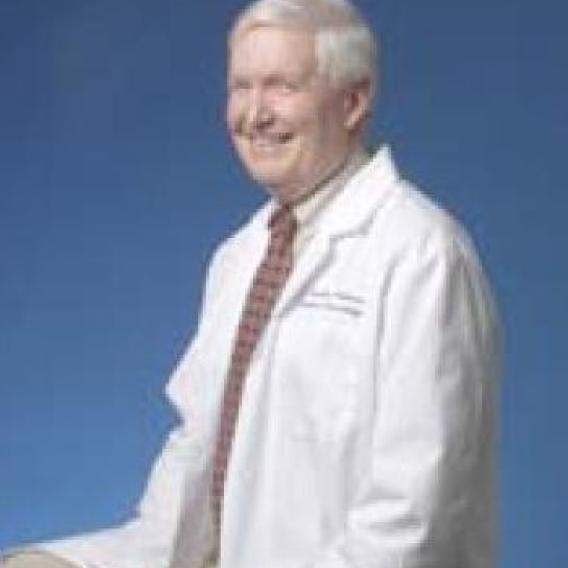Image

C. Garrison Fathman
Professor Emeritus-Hourly, Medicine - Immunology & Rheumatology
Member, Bio-X
Member, Stanford Cancer Institute
Member, Wu Tsai Neurosciences Institute
B.A., Univ. Kentucky, Lexington, Pre-Med (1964)
M.D., Washington Univ., St. Louis, Medicine (1969)
Affiliation:
Committee:
Dr. Fathman is an example of a clinician scientist who has developed a clear vision for implementation of translational research. He has over 300 publications, many of them in the top peer-reviewed journals including Science, Nature, Cell, Journal of Experimental Medicine, JCI, Immunity, Nature Medicine and Nature Immunology. Among Dr. Fathman’s seminal contributions to his field, is the initial cloning of CD4 T lymphocytes while he was a member of the Basel Institute for Immunology. The use of soft agar seeding of activated cells had allowed the cloning of what are now called hybridomas and drove the field monoclonal antibody production. Using this same technology, Dr. Fathman was able to clone allo-reactive T lymphocytes. Dr. Fathman left Basel and became an Associate Professor of Immunology at Mayo Medical School in 1977. There, along with one of his postdoctoral fellows, he adapted the soft agar cloning technology to clone antigen specific CD4 T cells for the first time. The ability to study single T cell specificities allowed rapid advancement in understanding the components of the ternary complex for T cell activation and led Dr. Fathman to identify trans-complementing MHC Class 2 products used in antigen presentation before the biochemical two chain nature of MHC Class 2 products was described. Shortly thereafter, he was the first to identify “idiotypic structures“ on cloned CD4 T cells predating the identification of the T cell receptor for antigen by molecular biological techniques. Dr. Fathman moved from Mayo to Stanford in 1981 and continued his studies on T cell clones, initially identifying the “shared epitope” on HLA Class 2 molecules in RA patients. As a new faculty member at Stanford, he expanded his studies to examine animal models of autoimmunity. The initial observation that led to his studies on the use of monoclonal antibodies to treat animal models of autoimmunity came from the observation that immune unresponsiveness could be induced in mice by the use of anti-CD4 antibodies at the time of antigen immunization. Subsequently he was the first to use anti-CD4 antibodies to block allograft transplant rejection and was the first to use peptides of an autoantigen (myelin basic peptide), to induce a state of “anergy” in mice to ameliorate disease. Initially, anti-CD4 antibody was used to block progression to diabetes in NOD mice. Many subsequent publications were linked to his NOD colony including several seminal observations on pathophysiology, immunotherapy, and gene expression. One major finding was the identification of a gene, DEAF-1, expressed in pancreatic lymph nodes whose non-canonical splice variant was involved in defective non-thymic mechanisms for inducing or maintaining peripheral tolerance in NOD and in human T1D. More recently he has used gene expression studies of peripheral blood cells from type one diabetes (T1D) patients and relatives to demonstrate a gene expression signature of risk of disease and of disease progression in T1D. He is currently developing a novel therapeutic approach to the treatment of autoimmune and allergic diseases by targeting the endogenous regulatory T cell to "turn up" its activity to prevent or treat these inflammatory diseases.